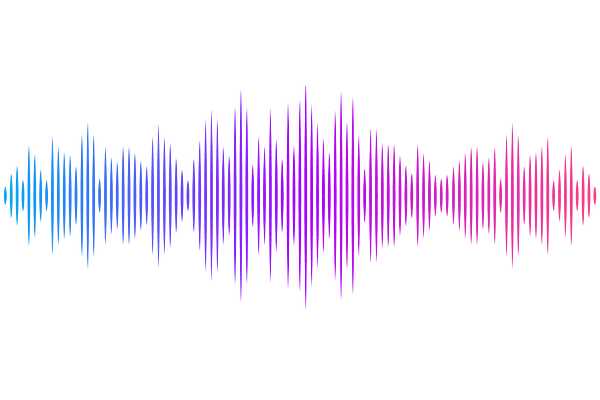Chemical Abundances in the Metal-Poor Globular Cluster ESO 280-SC06: A Formerly Massive, Tidally Disrupted Globular Cluster

Chemical Abundances in the Metal-Poor Globular Cluster ESO 280-SC06: A Formerly Massive, Tidally Disrupted Globular Cluster
Sam A. Usman, Alexander P. Ji, Jandrie Rodriguez, Jeffrey D. Simpson, Sarah L. Martell, Ting S. Li, Ana Bonaca, Shivani Shah, Madeleine McKenzie
AbstractWe present the first high-resolution abundance study of ESO 280-SC06, one of the least luminous and most metal-poor gravitationally bound Milky Way globular clusters. Using Magellan/MIKE spectroscopy for ten stars, we confirm the cluster's low metallicity as [Fe/H] = $-2.54 \pm 0.06$ and the presence of a nitrogen-enhanced star enriched by binary mass transfer. We determine abundances or abundance upper limits for 21 additional elements from the light, alpha, odd-Z, iron peak, and neutron-capture groups for all ten stars. We find no spread in neutron-capture elements, unlike previous trends identified in some metal-poor globular clusters such as M15 and M92. Eight of the ten stars have light-element abundance patterns consistent with second-population globular cluster stars, which is a significantly larger second-population fraction than would be expected from the low present-day mass of $10^{4.1}$ Msun. We estimate the initial mass of the cluster as $10^{5.4 - 5.7}$ Msun based on its orbit in the Milky Way. A preferential loss of first-population stars could explain the high fraction of second-population stars at the present time. Our results emphasize the importance of considering mass loss when studying globular clusters and their enrichment patterns.